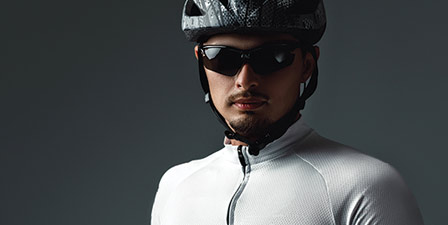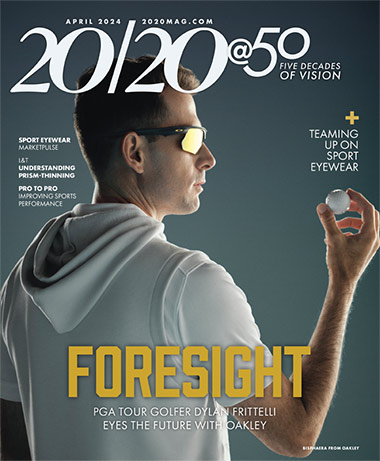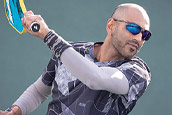
We continuously learn new ramifications from digital device use, ranging from visual challenges to trigeminal dysphoria to circadian rhythm disruption and even eye health issues. M2 Biologics has helped us understand how staring at digital device screens is both a contributing factor and amplifying factor for dry eye disease. Neurolens has done a great job of increasing consumer awareness of the link between eye misalignment when viewing screens and the link to trigeminal dysphoria symptoms of headaches, neck and back pain, and eyestrain, among others. ZEISS helped us understand the dynamic vision challenges we can experience when we use eyeglasses to focus on our smartphones while on the move. But here’s a new one, Transient Smartphone Blindness (TSB), a temporary and benign loss of vision in one eye.
Transient Smartphone Blindness happens when one eye is dark adapted, while the other is light adapted. The condition was reported in the New England Journal of Medicine and involved cases where a smartphone was viewed in the dark but with only one eye open. After ruling out physiological causes, neuro-ophthalmologist Frank Plant and his colleagues conjecture that TSB was due to differential bleaching of photopigments occurring when one eye is open and light adapted due to the smartphone screen brightness. In contrast, the other eye is closed or occluded eye and dark adapted. Our retinal photoreceptors bleach when exposed to bright light and require time to recover before dark-adapted vision is restored. With TSB, it reportedly takes a few minutes (up to 15 minutes) once both eyes are open in darkness for sight to return to the light-adapted eye.
In the New England Journal of Medicine report, physiological causes had to be ruled out in these cases. Many neurological disorders present with visual symptoms, including transient monocular blindness. So it’s not surprising that TSB has been misdiagnosed as a neurological disorder such as multiple sclerosis or ischemic vascular disease, causing patients to endure intrusive testing. However, increased awareness of Transient Smartphone Blindness by the medical field and ECPs is rising. Doctors are encouraged to include questions about smartphone habits when taking the patient history and diagnosing vision or neurological problems.
Dr. Dean Wingerchuk, a neurologist at the Mayo Clinic says, “I think if a person experiences a temporary loss of vision in one eye, that’s potentially a very important problem for which they should seek medical attention. But it doesn’t always mean there’s an abnormality.”
To avoid TSB, we should use our smartphones sitting up with both eyes open and in well-lit conditions. The moral of the story: You have two eyes. Use them.
• Deborah Kotob
Pro to Pro Director
[email protected]













